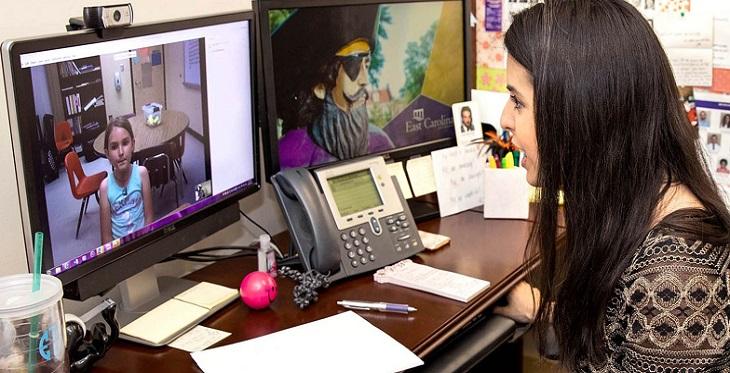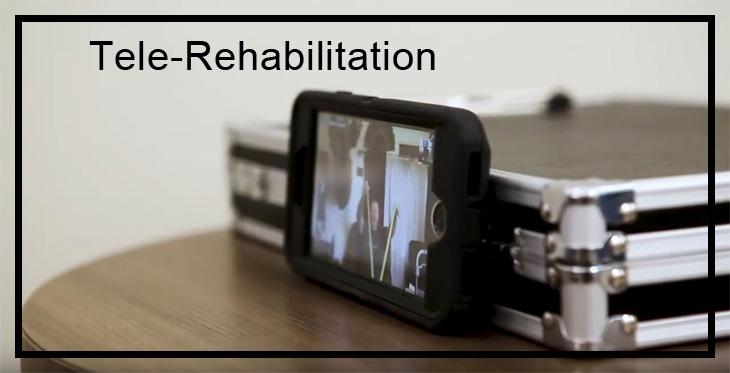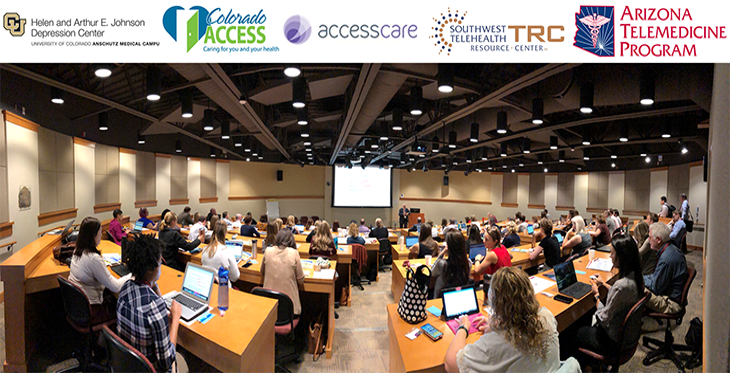Southwest Telehealth Resource Center Blog


Gone are the days when telehealth services were associated with clinical settings only. In the new era of health technology, sick kids can now take virtual trips to the doctor while they are at school!Even as recently as a decade ago, school nurses would offer Band-Aids, administer aspirin, and babysit sick children until their parents picked them up for a doctor’s visit. Now, as telemedicine makes its way into various institutions and even households, more and more locations are turning into health centers. School-based telehealth is a major milestone in particular because it streamlines two spheres at once: it enables better access to healthcare, and helps dodge the considerable dent that poor health puts into a child’s educational experience.

Dr. Valentin Rivish, Director of Telehealth, at the Phoenix Veterans Health Care System, has introduced a telehealth program that will enable Veterans in rehabilitation to continue their physical therapy in their own homes, while connecting with their V.A. health care providers. The program is called V.A. Video Connect.

Successful meetings don’t just happen. There’s a lot of hard work that goes into the planning, organization and execution of these events. The National Telehealth Research Symposium 2019 that was recently held in Chicago is a perfect example of how organizations with common goals can collaborate to create a top-tier meeting (without any vendor support or involvement!) to promote research in connected health and telemedicine. The NTRS 2019 meeting was put together by SEARCH (the Society for Education and the Advancement of Research in Connected Health) and SPROUT (Supporting Pediatric Research on Outcomes and Utilization of Telehealth; a group within the American Academy of Pediatrics). SEARCH’s mission is to promote a platform for researchers, free from commercial bias, to prove the benefits of Connected Health via their annual symposium, with the goal of sharing research findings and to foster collaborations among researchers and organizations who wish to define, develop, and contribute to the field of connected health research. SPROUT’s mission is to promote, develop, and disseminate multicenter value-driven research on pediatric telehealth with the goals of identifying best practices for implementation of pediatric telehealth, determining the impact of telehealth on healthcare quality, and establishing a network of institutions to conduct collaborative research on pediatric telehealth.

The Arizona Telemedicine Program (ATP) and the SWTRC have been conducting telemedicine training sessions for nearly 20 years and hosting regional telemedicine meetings for at least as long as well. Most have been within the state of Arizona, and although they have attracted attendees from throughout the Southwest region as well as the rest of the nation and world, we felt it’s time to expand our efforts and work more with our long-time partners in the region to promote telemedicine. To aid in this effort, the SWTRC received supplemental funding to our existing grant (as did all the TRCs) from HRSA (Health Resources and Services Administration) to co-host telehealth meetings in our designated regional states. First stop – CO!

